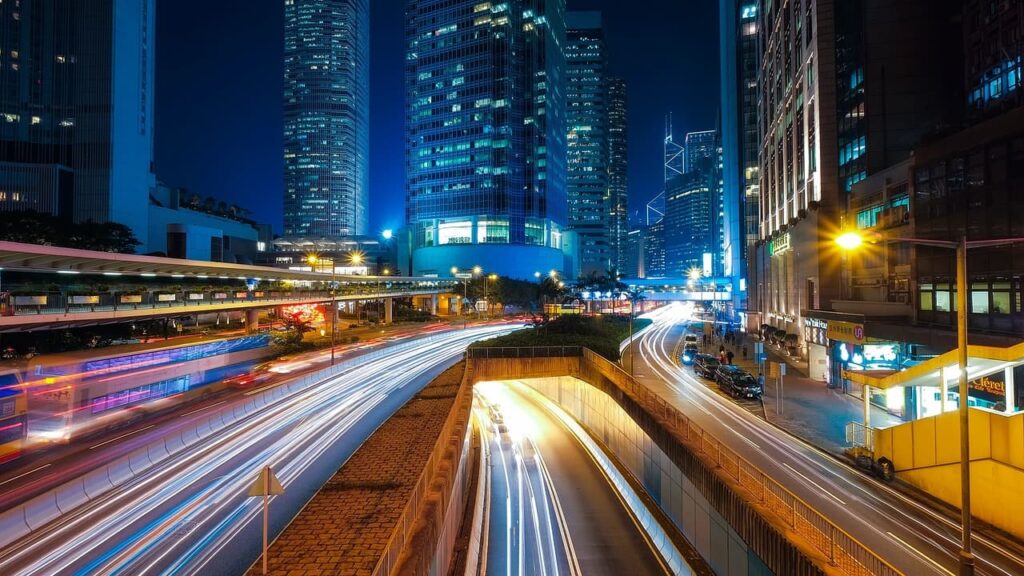Urban planning stands at a point, in its evolution. With cities encountering hurdles like climate change swift urban growth and social disparities, urban planners are envisioning a new trajectory for our cityscapes. This piece delves into the up-and-coming themes in planning that emphasize adaptability and quality of life guaranteeing that cities are not just environmentally friendly but also welcoming spaces, for all inhabitants.
Climate-Responsive Design
Climate change stands out as an issue, in our era with cities bearing the brunt of its consequences. From the threat of rising sea levels to the increasing occurrence of weather events urban areas are facing growing vulnerability to the impacts of climate change. To address this challenge urban planners are incorporating design principles that respond to climate change into their strategies to enhance cities’ resilience.
A notable trend in climate design involves incorporating infrastructure elements like green roofs, rain gardens and permeable pavements. These features play a role in managing runoff and combating the urban heat island effect. Apart from their contribution to climate adaptation, these green spaces offer benefits such as better air quality, increased biodiversity and more recreational opportunities, for city dwellers.
Smart Cities and Technology Integration
Technology advancements are changing the way cities are planned designed and managed. Smart cities, powered by sensors, data analysis and connectivity aim to enhance life by making it more efficient sustainable and enjoyable.
A key aspect of city planning involves using data-driven tools to guide design and policies. By gathering and studying data, on aspects like traffic flow and air quality planners can pinpoint areas needing improvement and introduce targeted measures to enrich the quality of life and resilience. Furthermore, the Internet of Things (IoT) facilitates the integration of infrastructure like transport systems and eco-friendly buildings to foster interconnectedness and sustainability, in cities.
Mixed-Use Development and Transit-Oriented Design
With the rise, in populations, more people are realizing the significance of developing neighbourhoods that blend functions and are easy to navigate on foot, which lessens the need for cars and enhances social connections and community unity.
Transit-oriented development (TOD) plays a role in achieving this objective by focusing on building mixed-use communities near public transportation centres. By emphasizing infrastructure that’s pedestrian and cyclist-friendly and ensuring access, to public transit TODs not only help cut down on carbon emissions but also encourage healthier and more dynamic lifestyles.
Inclusive and Equitable Planning
In recent years, there has been a growing emphasis on ensuring that urban planning processes are inclusive and equitable, taking into account the needs and preferences of all residents, particularly those from marginalized and underserved communities.
One trend in inclusive planning is the adoption of participatory planning approaches that engage residents in the decision-making process. By soliciting input from a diverse range of stakeholders, including community groups, advocacy organizations, and local residents, planners can ensure that their plans reflect the priorities and values of the people who will be most affected by them.

Green Spaces and Urban Biodiversity
Having access, to areas is crucial for the health and happiness of city dwellers offering chances for leisure unwinding and communing with nature. Urban planners are now giving importance to creating and safeguarding spaces in cities ranging from small parks to expansive urban forests.
A new trend in planning involves encouraging biodiversity by designing networks of green infrastructure that link parks, green pathways and wildlife habitats. By enhancing biodiversity cities can enhance ecosystem services, like pollination, pest management and air cleansing while also allowing residents to engage with and value the environment.
Conclusion
Urban planners play a role, in addressing the challenges that cities encounter in the modern era. They focus on enhancing spaces to be more adaptable and enjoyable for residents by adopting approaches like eco-friendly design, innovative city technologies, diverse urban development, inclusive planning strategies and promoting environmental diversity. These efforts aim to equip cities, with the resilience needed to navigate obstacles while fostering vibrant and welcoming communities for all inhabitants.